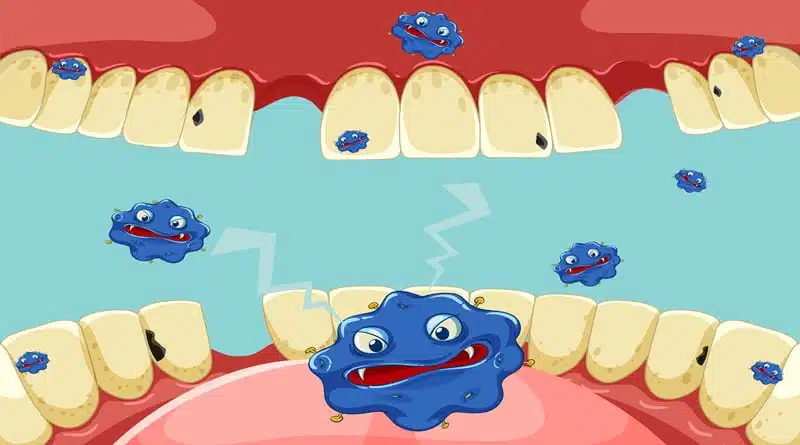Cavities are among the most common dental health issues affecting people of all ages. These small holes in the teeth, caused by decay, can lead to more serious oral health problems if not treated. Maintaining good dental hygiene is beneficial for keeping teeth strong and healthy. Learn more about cavities, their causes, and effective ways to prevent and treat them.
Causes and Risk Factors
Cavities occur when harmful bacteria in the mouth produce acids that erode tooth enamel. Sugary and starchy foods, along with poor oral hygiene, are the main causes. Children are particularly susceptible due to their diet, which often includes sweets, and their still-developing brushing techniques. Risk factors for cavities include frequent snacking or sipping sugary drinks, poor brushing and flossing habits, lack of fluoride exposure, dry mouth from certain medications or conditions, and a genetic or family history of dental issues.
Early Signs and Symptoms
Cavities often develop unnoticed until they cause significant discomfort, making routine dental check-ups helpful for catching issues early. Common signs of cavities include persistent toothache or sensitivity, visible pits or holes, discoloration such as brown, white, or black spots, pain when eating or drinking hot, cold, or sweet foods, and discomfort when biting down. Identifying cavities early allows for timely intervention and helps prevent further damage.
Preventive Measures
Maintaining good oral hygiene practices is the most effective way to prevent cavities. Families can adopt these strategies to protect their oral health:
- Brushing teeth twice daily with fluoride toothpaste
- Flossing regularly to remove debris between teeth
- Limiting sugary snacks and drinks
- Drinking water helps rinse away food particles
- Scheduling routine visits for professional cleanings and fluoride treatments
- Utilizing dental sealants to protect vulnerable teeth
Adapting these habits consistently can significantly lower the risk of cavities in both children and adults.
Treatment Options
When cavities occur, it’s beneficial to address them quickly to maintain overall dental health. Treatment options include fillings, which involve removing decayed tissue and restoring the tooth’s structure with tooth-colored material, and crowns, which cover and protect teeth with extensive decay. For infections in the inner pulp, a pulpotomy (baby root canal) may be necessary, while severely decayed teeth that cannot be saved may require extraction, often followed by the need for space maintainers in children. These treatments restore the affected teeth’s health, functionality, and protection.
Dential Hygeine for Kids
Preventing cavities in children requires diligent care and guidance. Some steps for maintaining optimal dental hygiene include:
- Supervising brushing and flossing routines to check for proper technique
- Encouraging a balanced diet with minimal sugary snacks
- Scheduling regular dental check-ups to monitor oral health
- Using fluoride-containing toothpaste and drinking fluoridated water
- Addressing dental concerns promptly to prevent progression
Helping children establish these habits early instills the benefits of oral hygiene for a lifetime.
Say Goodbye to Cavities and Schedule an Appointment Today
Cavities are preventable with proper oral hygiene, routine dental visits, and an understanding of risk factors. Pediatric dental care provides children with the tools and support they need for a lifetime of healthy smiles. Schedule a dental check-up today to maintain your child’s oral health.

